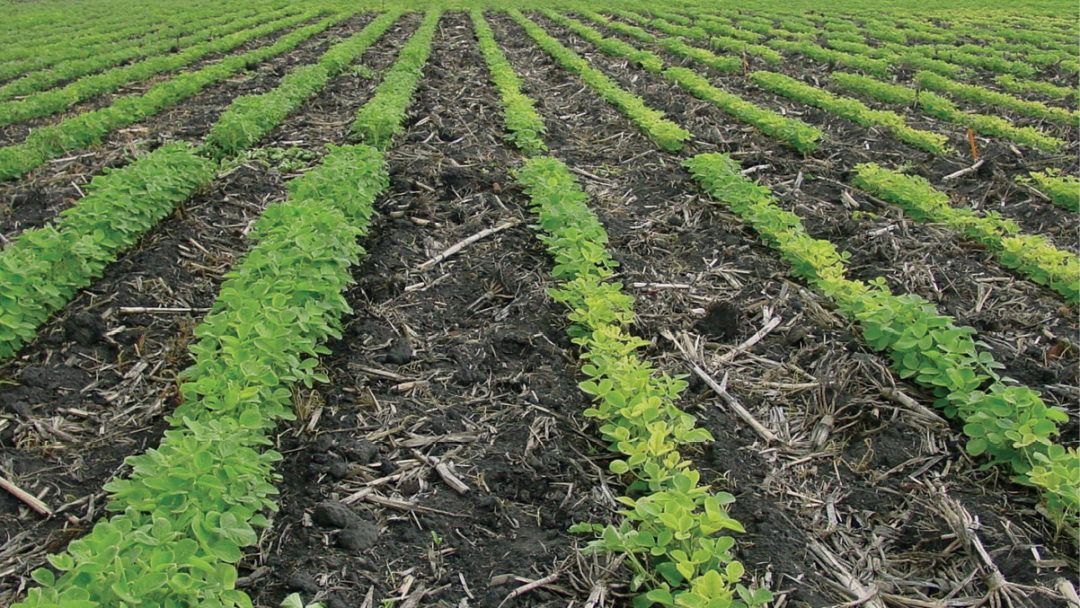No-Till Farmer
Get full access NOW to the most comprehensive, powerful and easy-to-use online resource for no-tillage practices. Just one good idea will pay for your subscription hundreds of times over.

When no-tillers get the nitrogen, phosphorus and potassium levels in their fields at optimum levels to maximize yields, they need to focus on secondary and micronutrients, says Ray Ward, owner of Ward Laboratories Inc. in Kearney, Neb.
“You have to take care of those nutrients before you even start worrying too much about the trace elements,” Ward says. “In 200-bushel-per-acre corn, there are 150 pounds of nitrogen in the grain that you harvest, if you have about 8.6% protein in the grain.
“There are 66 pounds of phosphorus (P2O5), 46 pounds of potassium (K2O), 18 pounds of sulfur and 0.2 pound of zinc. These are the nutrients that we normally look at.”
That 200 bushels of corn also contains almost 5 pounds of chloride, 0.12 pound of manganese, 0.24 pound of iron and 0.08 pound of copper, Ward says. That may not sound like much, but he puts it in perspective.
“Some fields have been farmed for 100 or 150 years, so take those nutrient-removal numbers and multiply them by 100 or 150,” he says. “We’ve removed a lot of nutrients from the soil.
“You need to watch to see if any of these trace elements are going to become a problem on your farm.”
If a bushel of soybeans tests at 37% protein, it contains 3.6 pounds of nitrogen. That’s 216 pounds of nitrogen in 60 bushels of soybeans, which would also contain 46 pounds of phosphorus and 72 pounds of potassium.
“For a long time, we didn’t normally…